Now that the modern world can be communicated on the go via smart-phones and social media, you may be more familiar with the hash tag symbol #
Used to ‘tag’ or code posts so that they can be found more easily (where have we heard language like that before NLP’ers?) ‘hashtags’ have found their way into the everyday. I digress with a purpose, I’m still talking about filters.
For the sake of this blog, filters work in two ways; helping us to sort information through a process called “delete/distort/generalise” or to change perception – like a polarising lens on a camera like the picture above. We want a distortion so we apply a filter. In social media the #nofilter is used to show others that the photo has not been changed in any way, and it remains as a code or index so that the post can be found by others (the social element).
In our world of NLP the Communication model is used to show how language, metaprogrammes, values, personal history and more can all act as a filter, or sieve, allowing our mind to delete information, or change it through distortion and generalisation so it can be more easily coded for retrieval later. Understanding this is important as we seek to understand our world and the other people in it.
What we look for is what we find; how many of us have been told to wait on a corner for a friend in a certain colour car, only to literally see more of that colour than we think possible? The same principle applies to positive things in the world and in our lives, we will find what we filter for. What do you want to see?
Make your choice a wise one.

